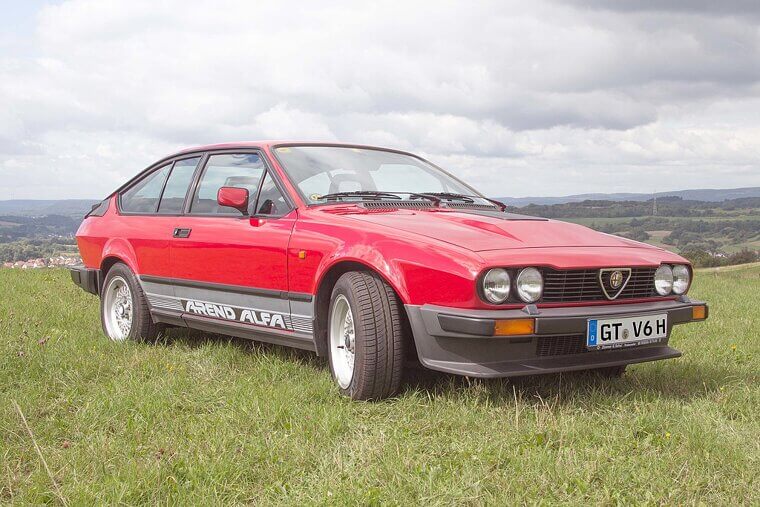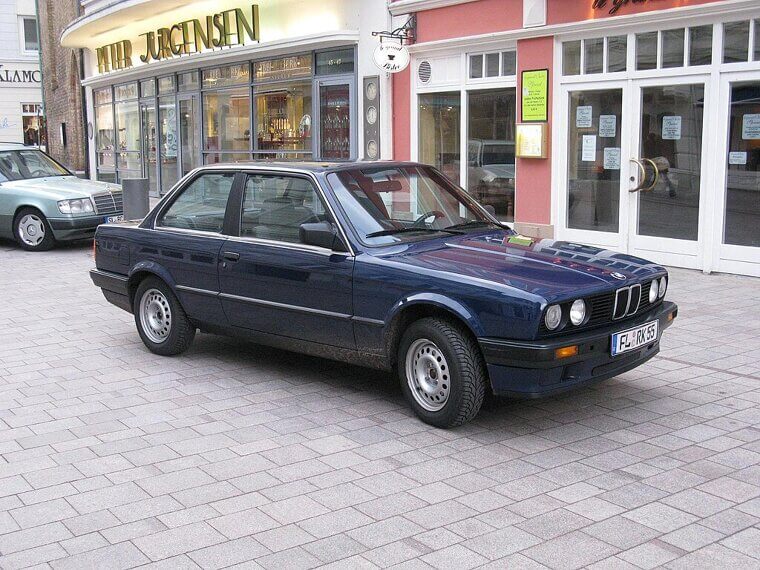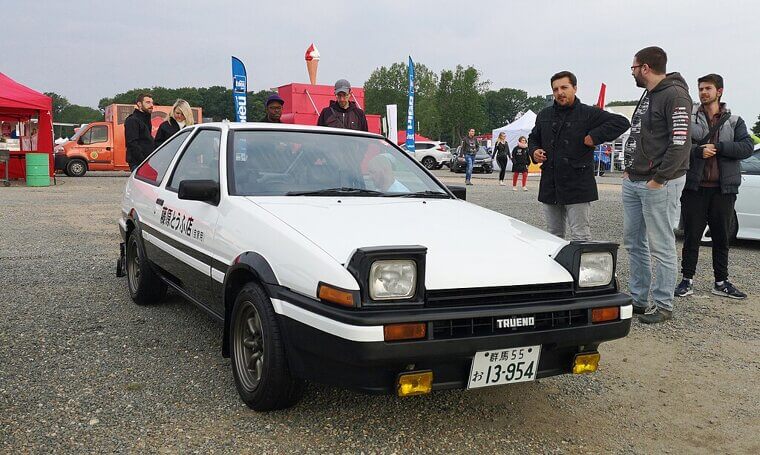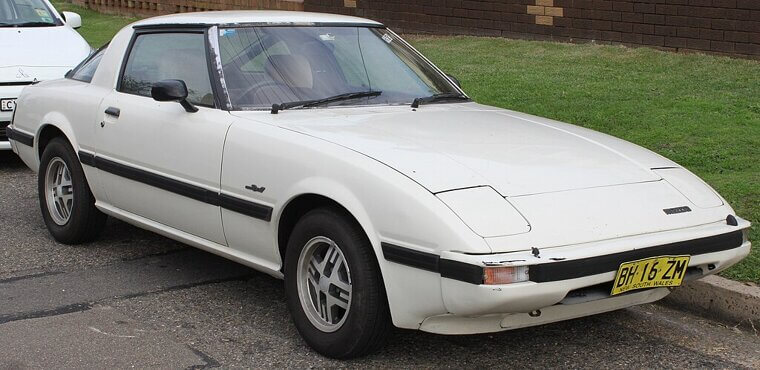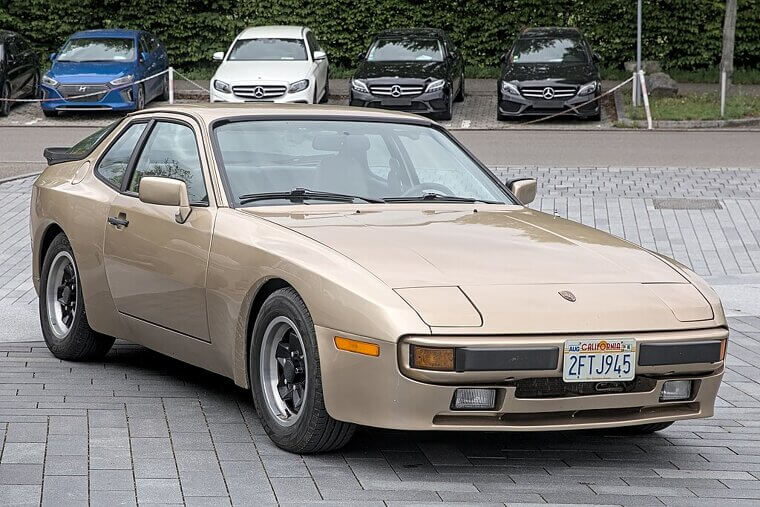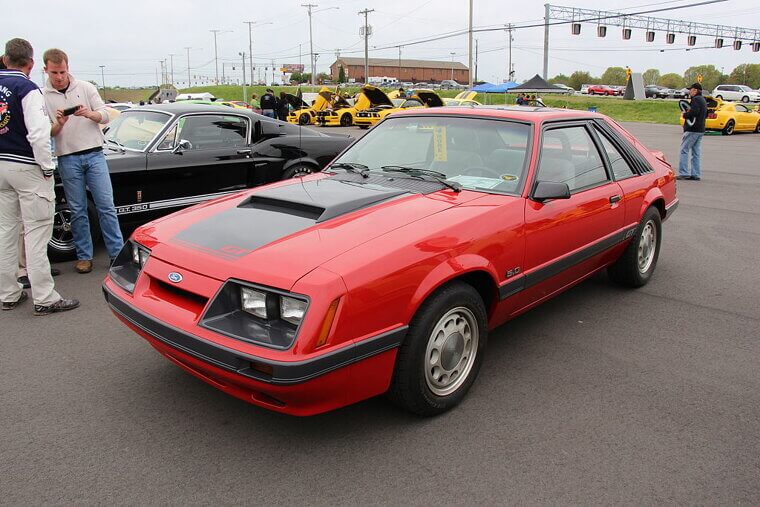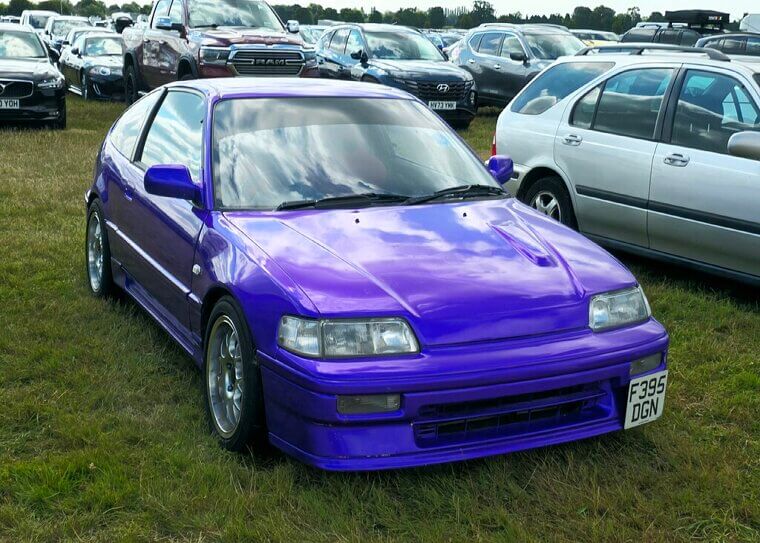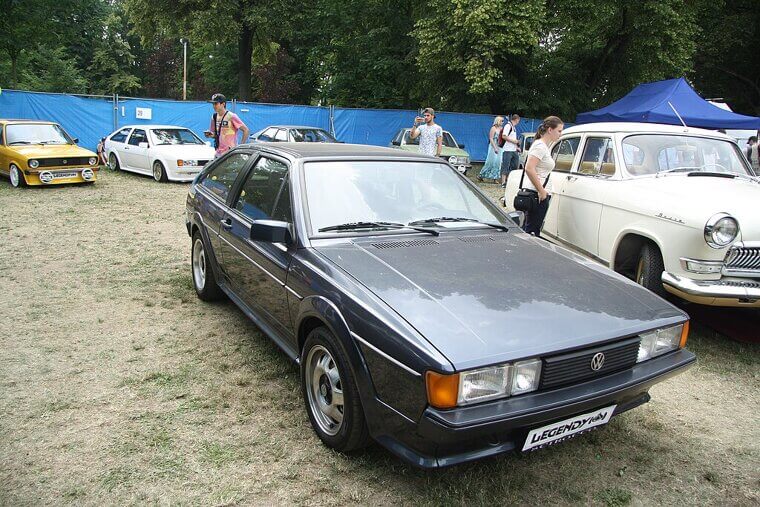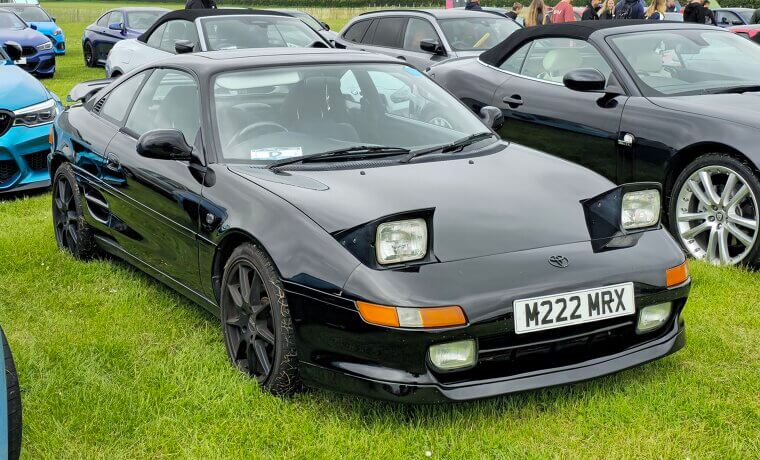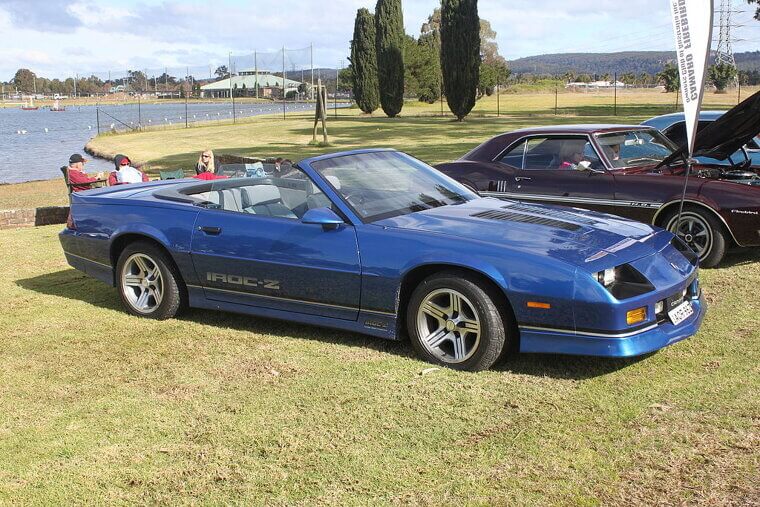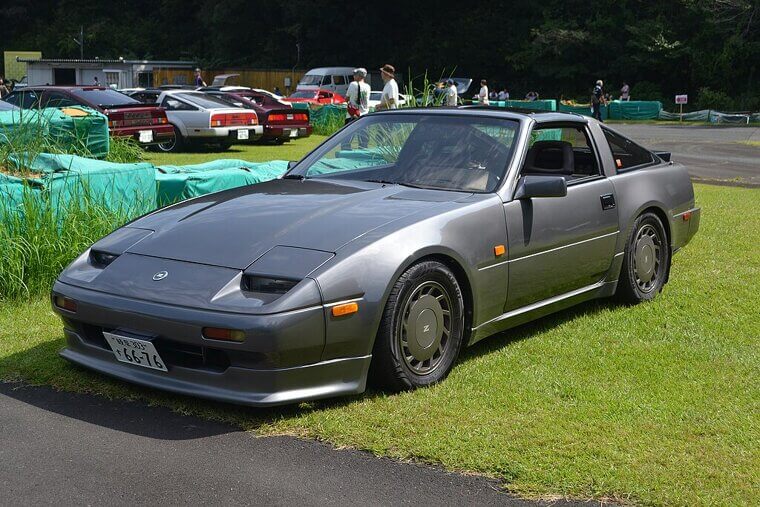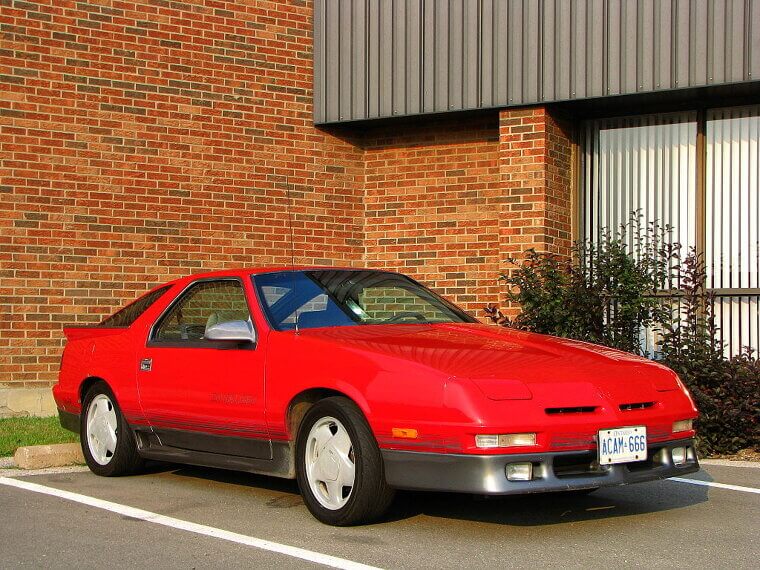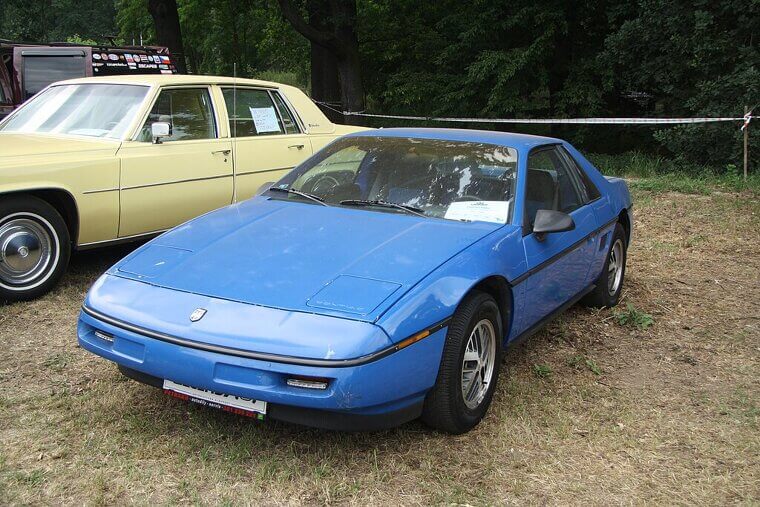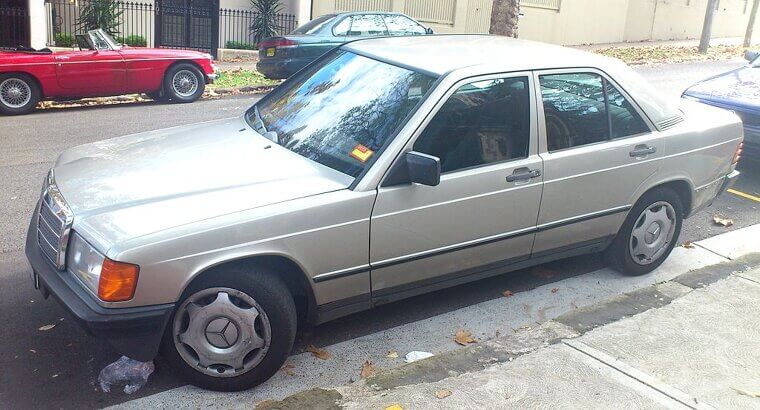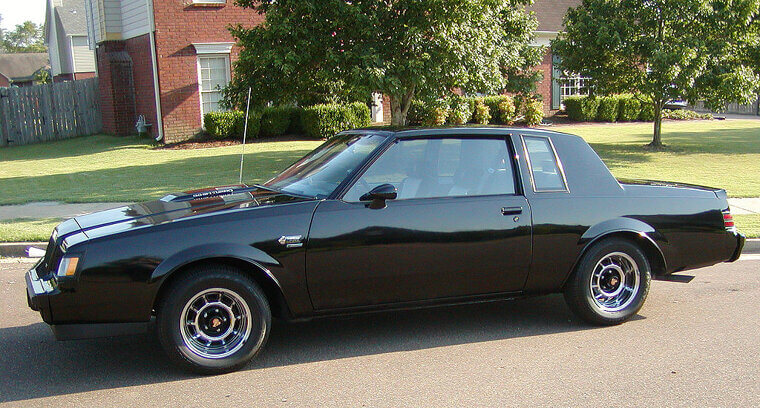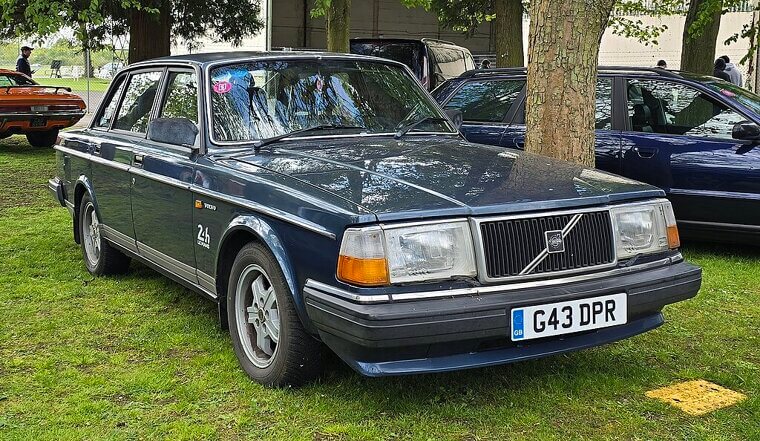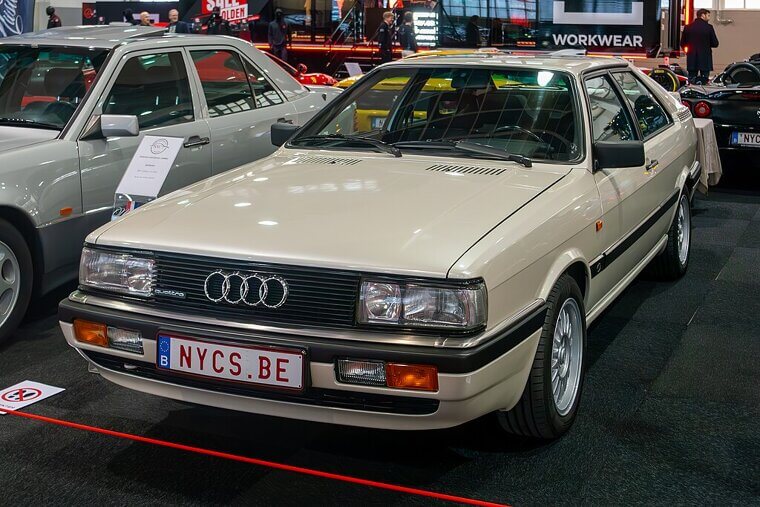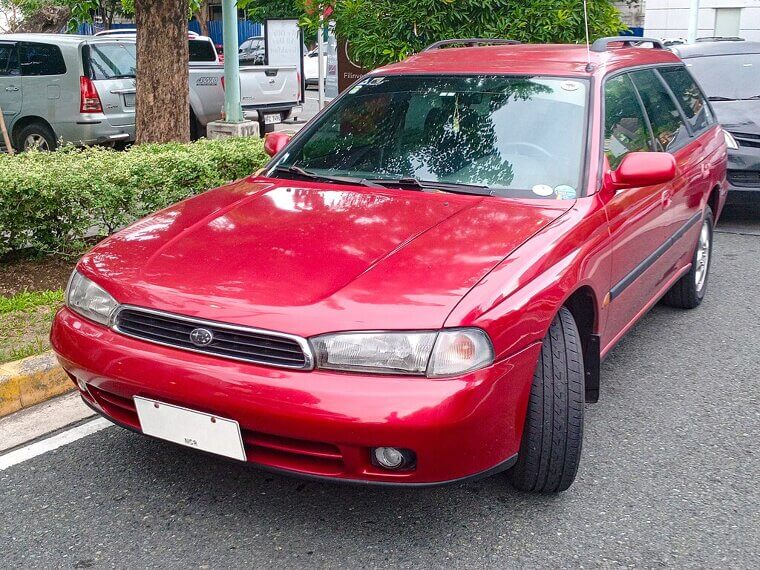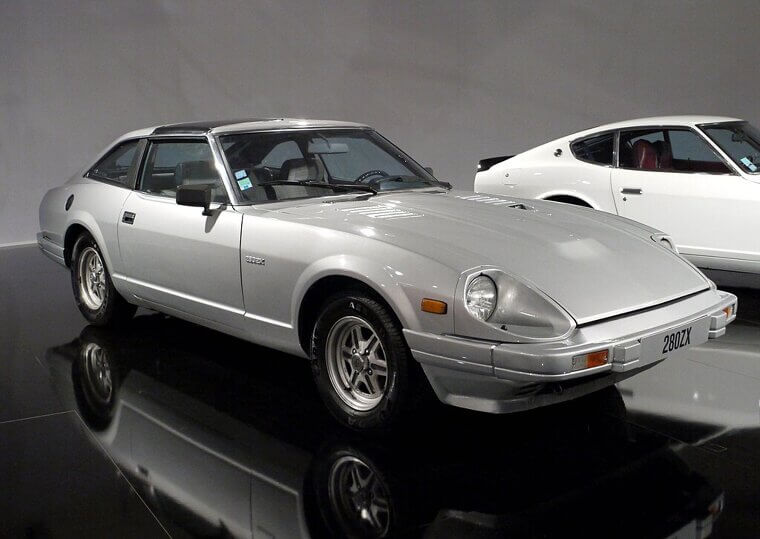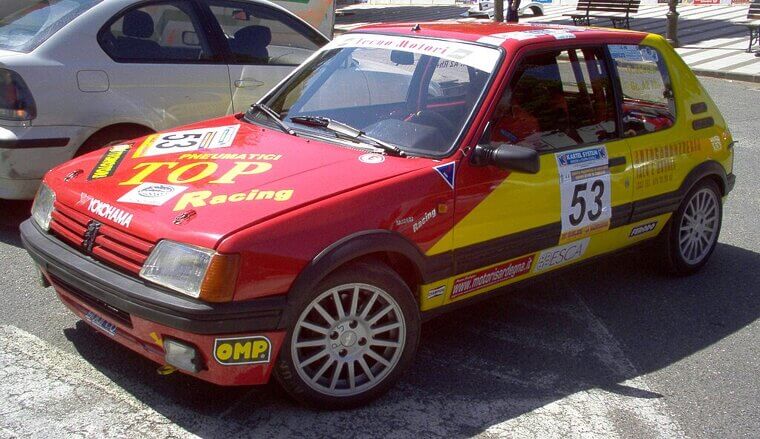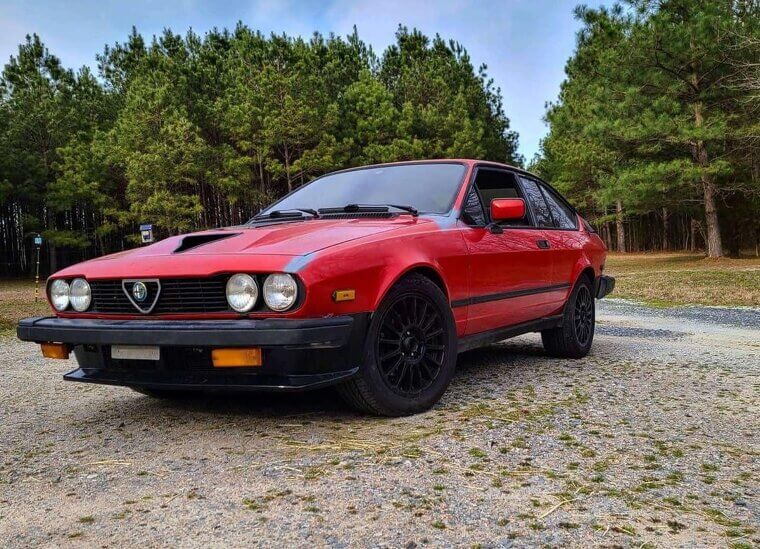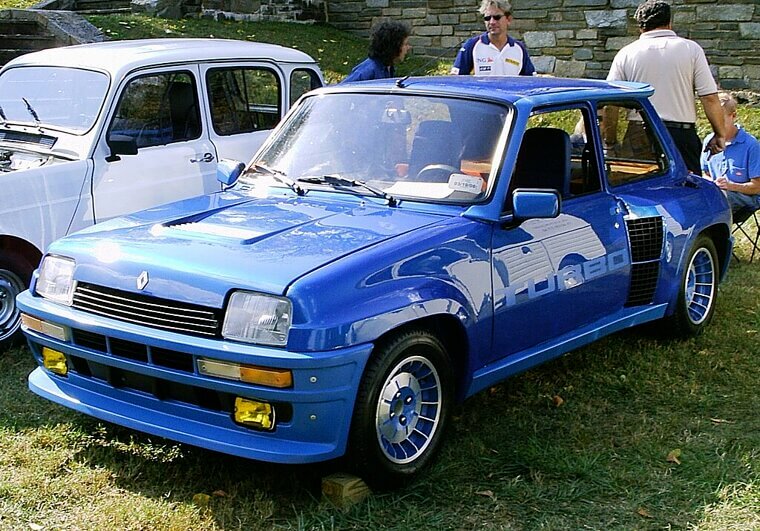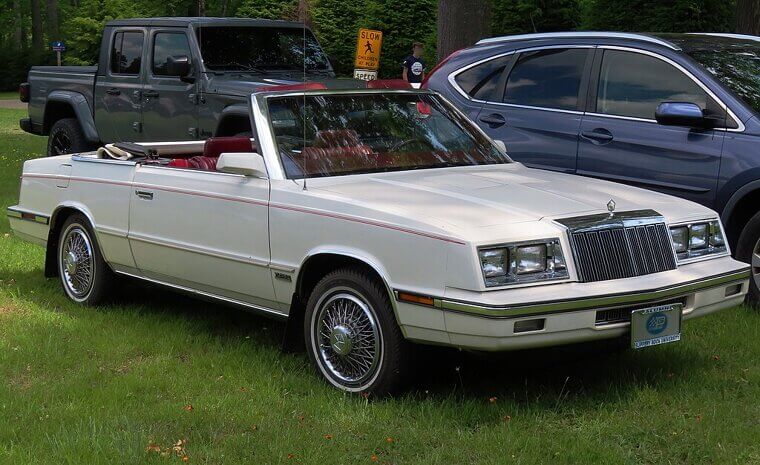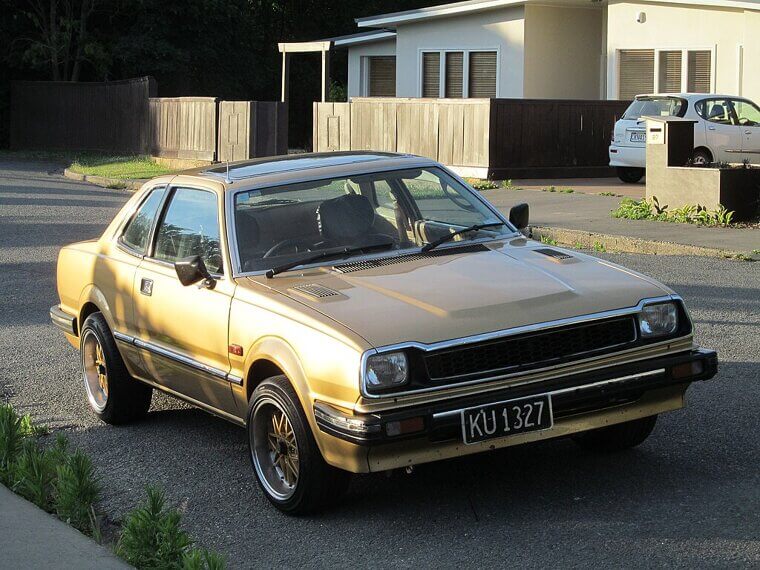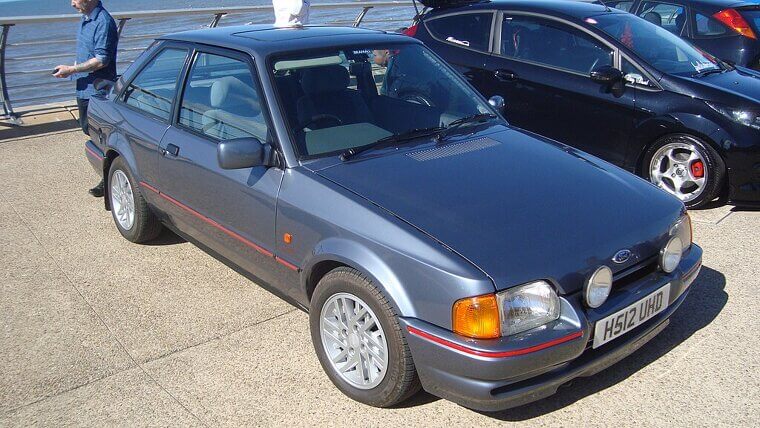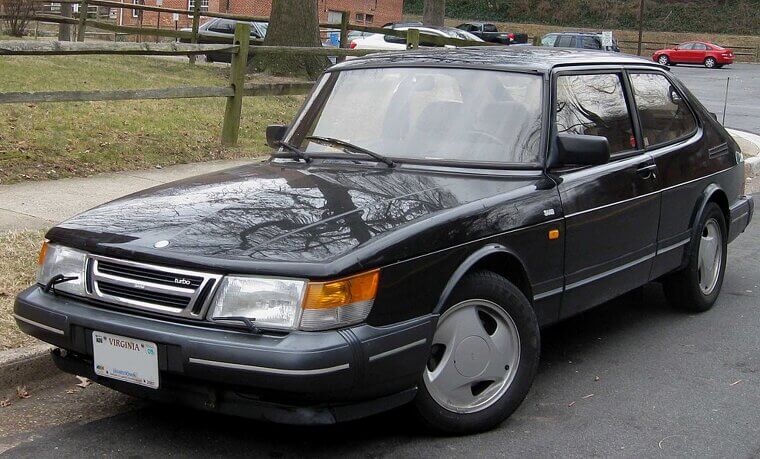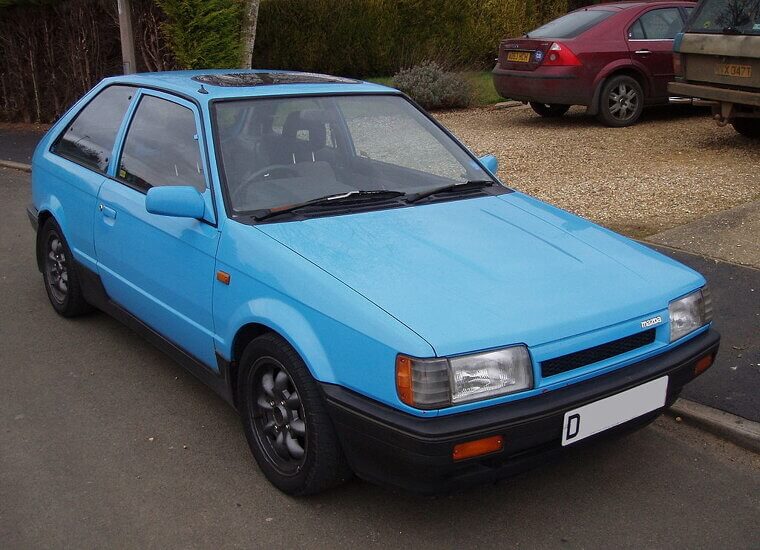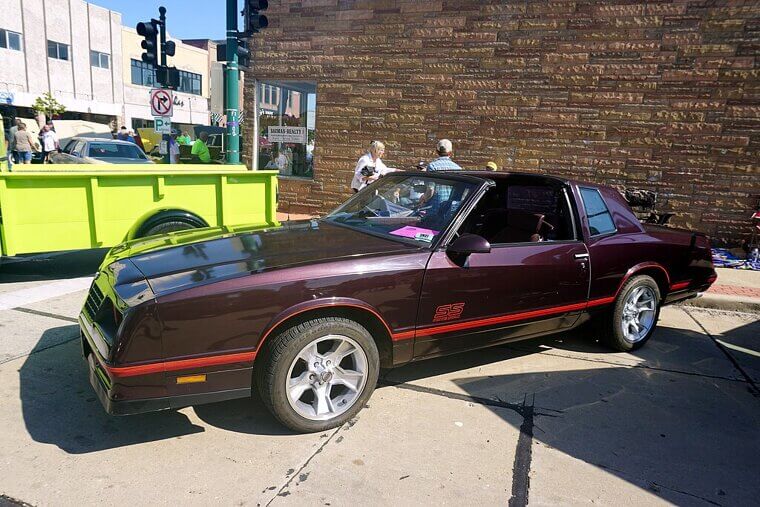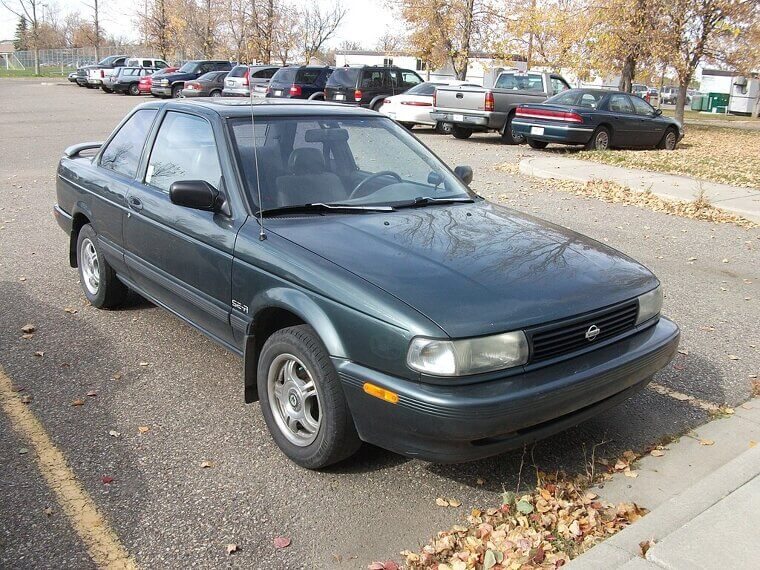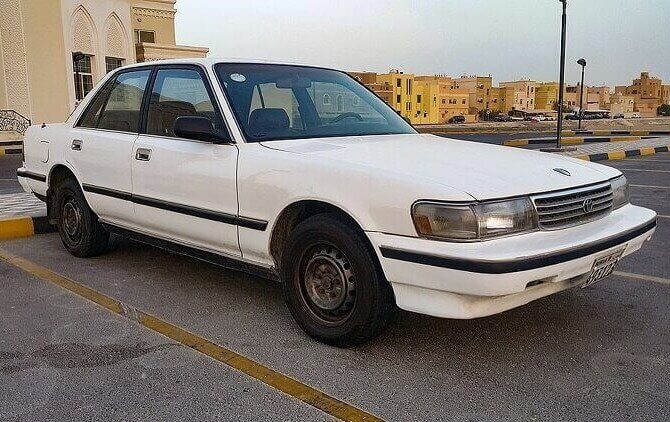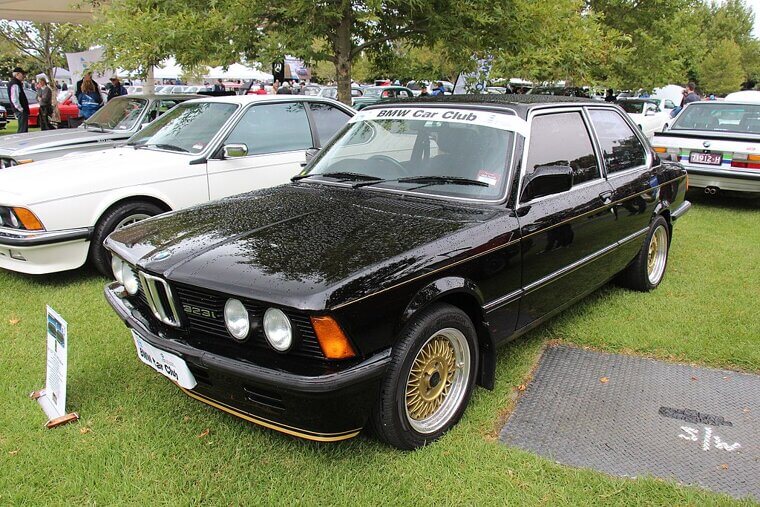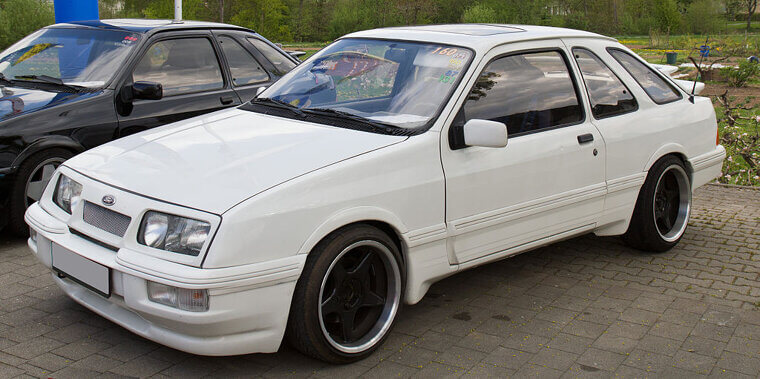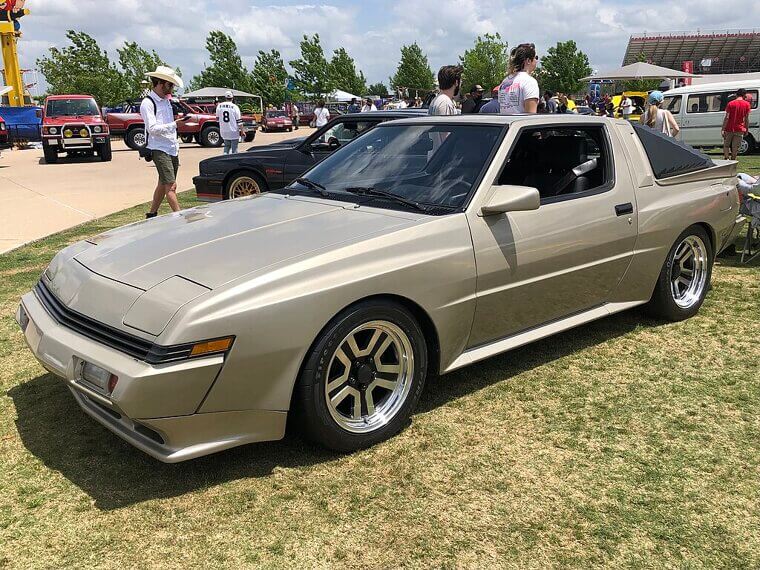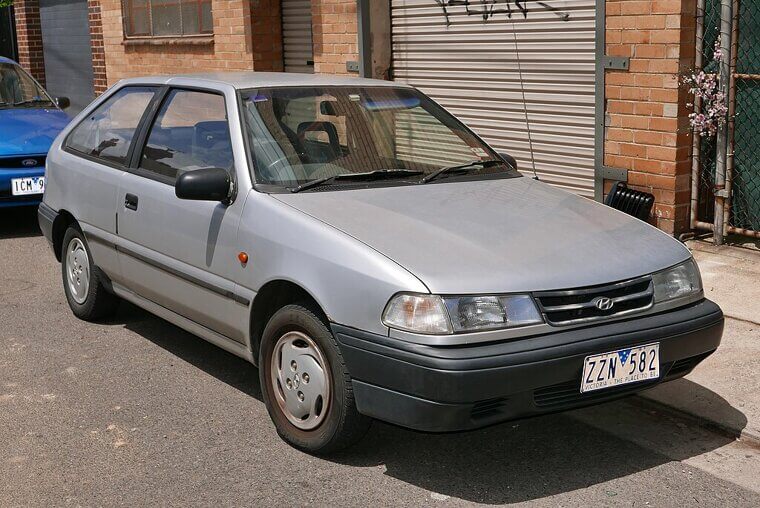These Mundane '80s Cars Are Now Super Collectible
If you remember the ’80s then you probably have fond memories of the cars that roamed wild and free at the time. Nostalgia’s brought those days back, and now collectors can’t get enough of driving down memory lane.
BMW E30 3 Series (1982–1994)
During the yuppie era the stylish E30 3 series became renowned for its bulletproof engineering and attainable luxury. It handles timelessly even today, but the variants with the M3 engine - legendary in motorsports - are the most collectible; they can fetch $100k+ at auction!
Volkswagen Golf Mk2 GTI (1983–1992)
While its predecessor, the Mk1 GTI, made shockwaves in the automotive world, the Mk2 GTI went bigger, but kept all the best parts - the weight and responsive handling that made it a treat on curvy roads. The fun factor is what keeps people coming back.
Toyota AE86 (Corolla Levin/Sprinter Trueno) (1983–1987)
At first the AE86 could blend in with a crowd of Corollas but then drivers discovered its now-iconic drift potential, and the rest is history. It achieved cult status among JDM fans too, thanks to its appearance on a tofu-delivering motorsport anime called “Initial D.”
Mazda RX-7 (FB/SA22C) (1978–1985)
Technically it came from the ’70s - just - but the first gen RX-7 was still active in the ’80s, and brought its screaming rotary rotary engine with it. Between such a quirky feature and its go-kart-like handling, the RX-7 is rare and collectible.
Porsche 944 (1982–1991)
Purists practically exploded when the front engine, water-cooled 944 hit the market, despite it being a respectable model with excellent weight distribution (and, as a result, handling). It’s also surprisingly affordable for a Porsche, but prices are climbing - especially among the turbo models.
Ford Mustang GT (Fox Body) (1979–1993)
The first Mustang is legendary and for a while it seemed like the name was doomed to be stabled. However, the third gen Fox Body was a return to form - lighter, sharper and more modern, with an affordable entry fee, too. Clean model prices are rising now, though.
Honda CRX (1983–1991)
A peppy two-seater hatchback that felt more like a go-kart than a car, the Honda CRX was fun to toss around the road and is popular on the tuner scene. That means there’s fewer stock condition models; those babies can fetch decent prices.
Volkswagen Scirocco Mk2 (1981–1992)
The Scirocco Mk2 was built on the Golf platform and boasted Giorgetto Giugiaro styling - the result was a low-slung beauty with an edge of Euro-flair rebellion. The driving dynamics were spot-on too, but now they’re often ruined by rust, making pristine examples rare and collectible.
Toyota MR2 (AW11) (1984–1989)
Nicknamed the “Mini Ferrari” in Japan, the MR2 was an odd choice for Toyota: a mid-engine, rear-wheel sports car with unique styling and supercharged options that sent it screaming (and drivers joyfully laughing) down highways. It’s lightweight, fun and affordable, though its collector status is changing the latter.
Chevrolet Camaro IROC-Z (1985–1990)
Chevy released the IROC-Z (named after the International Race of Champions) in answer to the Mustang GT’s challenge, so it had roaring V8 engine options and aggressive ’80s styling - complete with striped decals and ground effects. It was a mullet on wheels, and now that makes it desirable.
Nissan 300ZX (Z31) (1983–1989)
The Z31 has collector clout as the first Z-car to earn a “300” badge, and came loaded down with ’80s tech like something out of Knight Rider. They had T-tops, digital dashes, and an optional “voice warning system,” but the most collectible models are the unicorn-rare Shiro Specials.
Dodge Daytona (1984–1993)
Leaning unashamedly into its ’80s styling, the Dodge Daytona was a sporty FWD attempt to challenge its day’s Camaros and Mustangs with its turbocharged engine capable of a then-respectable 174 horsepower (hp). Its prices are rising, but the Shelby Z rarities are the real moneymakers.
Pontiac Fiero (1984–1988)
A mid-engine oddball with a fiberglass body, the Fiero was America’s answer to the MR2, and while earlier models were sketchy, it's been refined over the years. Its ’80s futurism styling makes it collectible, and it’s big on the modding scene too - some folks even drop V8s in the engine bay!
Mercedes-Benz 190E (W201) (1982–1993)
This compact luxury car is actually a precision piece of engineering that Ayrton Senna drove to success in the 84 Nürburgring Race of Champions. Mercedes overengineered it so well it influenced future models for decades to come; it now holds a special place in enthusiasts’ hearts.
Buick Grand National / GNX (1984–1987)
Packing a turbocharged V6 engine wrapped in a black, supervillain-like chassis, the GNX was a Buick that could leave Ferraris at the starting line. They only ever made 547 units, so it's something of a holy grail, with prices rising as quickly as the GNX moves.
Volvo 240 (1974–1993)
The 240 was built to last and it was a resounding success - it would still be in working order after a natural disaster or two! Its “Redblock” engine made it popular with the tuner crowd, and while it’s currently still affordable, prices are on the rise.
Audi Quattro Coupe (Ur-Quattro) (1980–1991)
Hitting the rally world like a hurricane, the Quattro Coupe is a prime example of Audi’s engineering obsession and insatiable desire for AWD. Because it was such a contender in Group B rally races, fans of the sport can’t get enough - especially if it’s a rare, low-mileage model.
Subaru GL/DL Wagon (EA81/EA82) (1980–1989)
Before crossovers were cool the GL/DL Wagon came onto the scene, weird and wonderful 4WD wagons that could happily drive through snowdrifts and over mountains like wheeled goats. They’re boxy, adventurer classics with some advanced tech for their age (hello, air suspension, so outdoors enthusiasts love them.
Datsun/Nissan 280ZX (1978–1983)
The 280ZX took what its predecessor, the 240Z, offered and refined it into something sleek and luxurious without losing track of its sporty roots. Turbo models could really shift on the straights , but it was overlooked in favor of the 240Z for years; now it’s making a comeback.
Peugeot 205 GTI (1984–1994)
When the Euro hot hatch war raged, the 205 GTI earned mutual respect thanks to its lightweight chassis, razor sharp handling and the ability to compete against cars much bigger than itself. It’s widely considered among the best ’80s hot hatches, and few models in the U.S. increase its desirability.
Alfa Romeo GTV6 (1980–1986)
You might have seen the GTV6 starring in the Bond movie “Octopussy” as a getaway car, so it has instant pop culture cred. Beyond that though, it’s a beautiful car with a 2.5L V6 engine that sounds like purring angels… even if it has some very European reliability issues!
Renault 5 Turbo (1980–1986)
The Renault 5 Turbo was a mid-engined, RWD undercover rally contender that could throw down in Group B. As a homologation special, it’s a rare vehicle and pristine Turbo 2 models are fought over like the last designer dress in a Black Friday sale.
Toyota Celica Supra (A60) (1981–1986)
Before the A80 Supra’s “Fast & Furious” phase, the A60 was the originator, all ’80s wedge styling and grand touring dreams. It had pop-up headlights, flared arches and an inline-6 engine for buttery smooth power; now it’s got the attention of Radwood and JDM fans to boost its value.
Chrysler LeBaron Convertible (1982–1995)
Let’s be honest, the LeBaron wasn’t fast… but it was never meant to be. It was intended as a luxury cruiser, and with its fake wood trim and chilled vibes (especially in convertible form) that’s exactly what you got! It’s a favorite of Radwood enthusiasts everywhere.
Honda Prelude (2nd Gen) (1982–1987)
Honda’s renowned for its advanced tech and the second gen Prelude was no exception - it came with fully independent suspension, steering so sharp you could cut yourself on, pop up headlights and an optional digital dash. It’s relatively affordable now, but it probably won’t stay that way for long.
Ford Escort XR3i (1983–1990)
If there was one vehicle that represented the hot hatch scene in the UK it was the XR3i, a Escort pumped up with sharp suspension and Bosch K-Jetronic fuel injection. It was fun, affordable and a big hit with modders, so finding one clean is a rarity.
Saab 900 Turbo (1978–1994)
Saab decided to inject some of its quirky magic into sedans and created the 900 Turbo, a 4WD vehicle inspired by jets - complete with wraparound windshield and cockpit-like dash. It was well-built and had sleeper speed, so now it’s got a cult following.
Mazda 323 GTX (1985–1989)
The 323 GTX was an AWD and turbocharged vehicle with rally DNA that Mazda had the stones to package like a hatchback. The illusion was perfect until it shifted, leaving other vehicles in its unassuming dust! Just a few thousand units were sold in the U.S.
Chevrolet Monte Carlo SS (1983–1988)
Chevy wanted to homologate the Monte Carlo SS for NASCAR so it took a boulevard cruiser and crammed a high-output 5.0L V8 engine into the bay, adding RWD and aggressive styling as icing on the cake. Clean examples are quickly rising in value.
Nissan Sentra SE-R (B12 Precursor) (1986–1990)
Despite not having the “SE-R” badge, the Sentra had Nissan’s sorting DNA, excellent handling and was super lightweight, so it paved the way for its B13 SE-R successor. Since it’s a rare proto-SE-R of sorts, it’s like a piece of history for Nissan enthusiasts.
Toyota Cressida (X60/X70) (1981–1988)
Toyota created the Cressida in response to German cruisers, but it added Japanese reliability on top. It was a tuner’s dream thanks to its RWD and 1JZ/2JZ swap potential; love from retro JDM restorers and drift build fans are driving up the prices.
BMW 6 Series (E24) (1976–1989)
Before the term “shark-nose” was coined the E24 was displaying it, ready to take a bite out of its competitors. A combination of sportiness and grand touring luxury made it appealing, but the precision handling and straight-six engines guaranteed its popularity.
Ford Sierra XR4i (1983–1985)
At the time many misunderstood the XR4i’s Euro-futurist vibes, but looking back now it's that quirky, rad styling that attracts attention. It’s hard not to appreciate the louvered C-pillars and bi-plane rear wing, so collectors are falling over themselves to grab one of these rare models.
Mitsubishi Starion / Chrysler Conquest (1982–1989)
The Starion and Conquest were essentially the same cars with different badges, and they were both “Fast & Furious” before it was popular! With RWD and turbocharged engines, they had the tuner crowd salivating; now, their aggressive styling and performance make them hits.
Hyundai Excel (1985–1989)
The Excel helped launch the Hyundai brand on the American market, and while it wasn’t flashy it was many a driver’s first vehicle, so its rides that wave of nostalgia hard. Enthusiasts love that it’s a part of Korean automotive history, and few surviving mint condition examples exist today.

